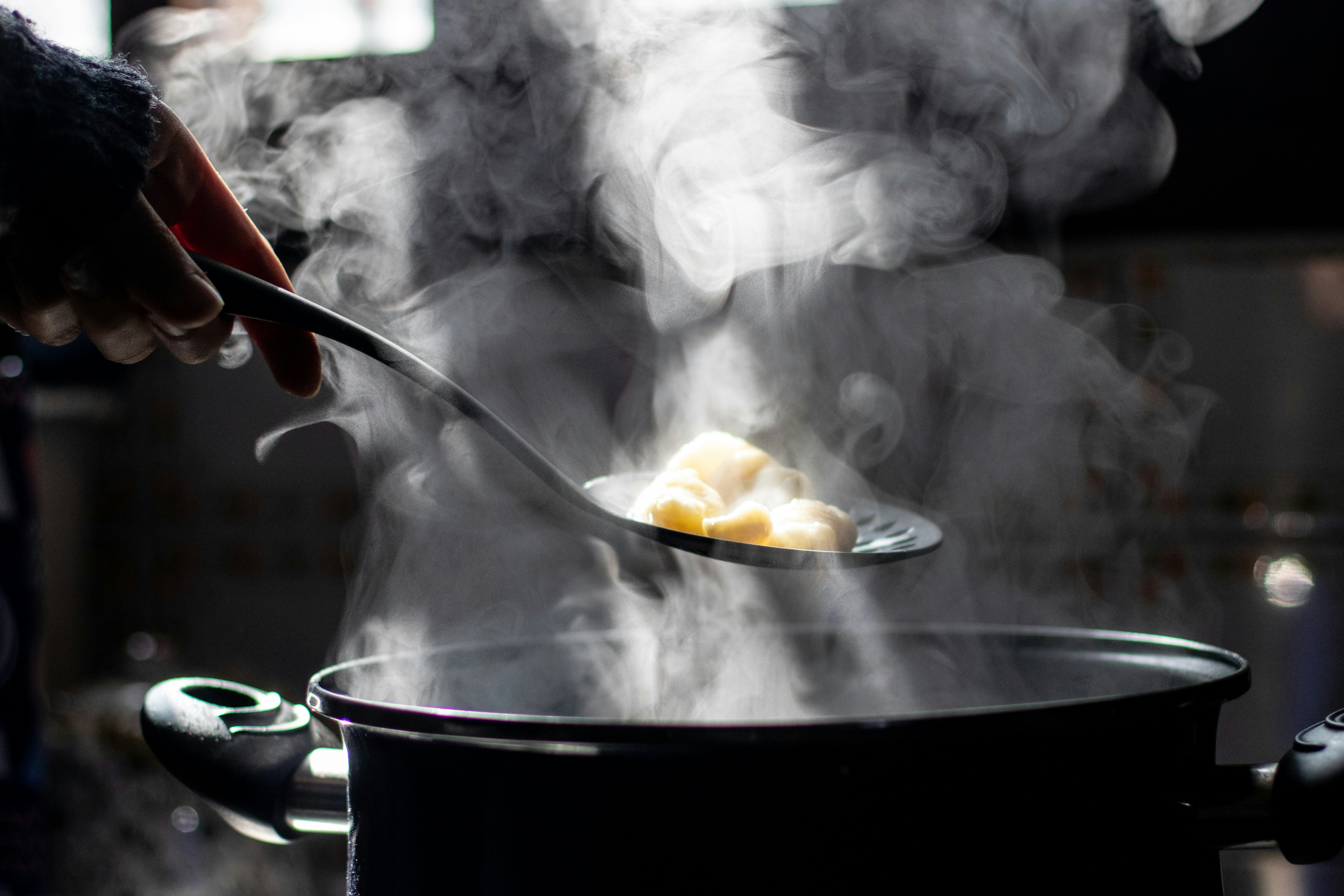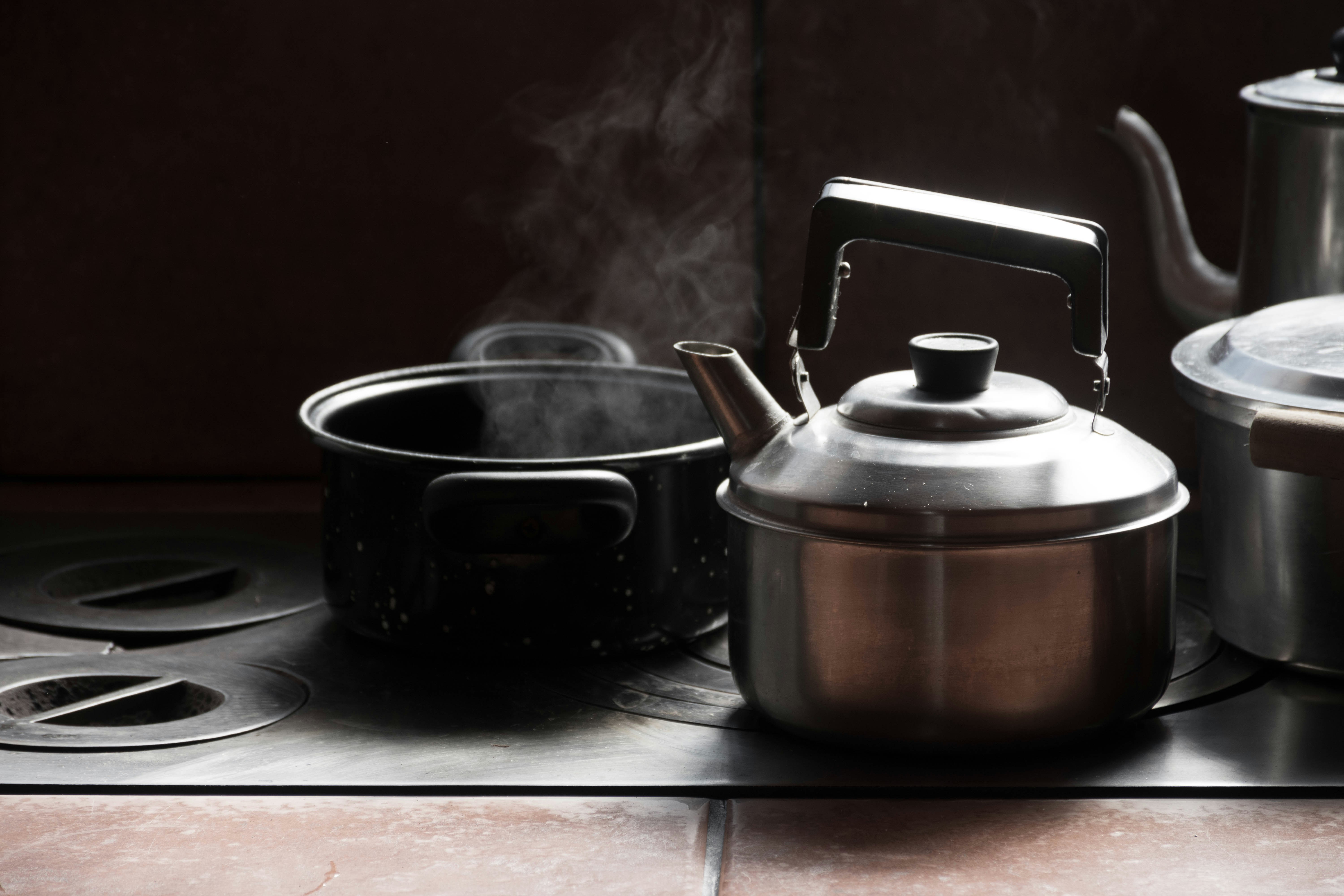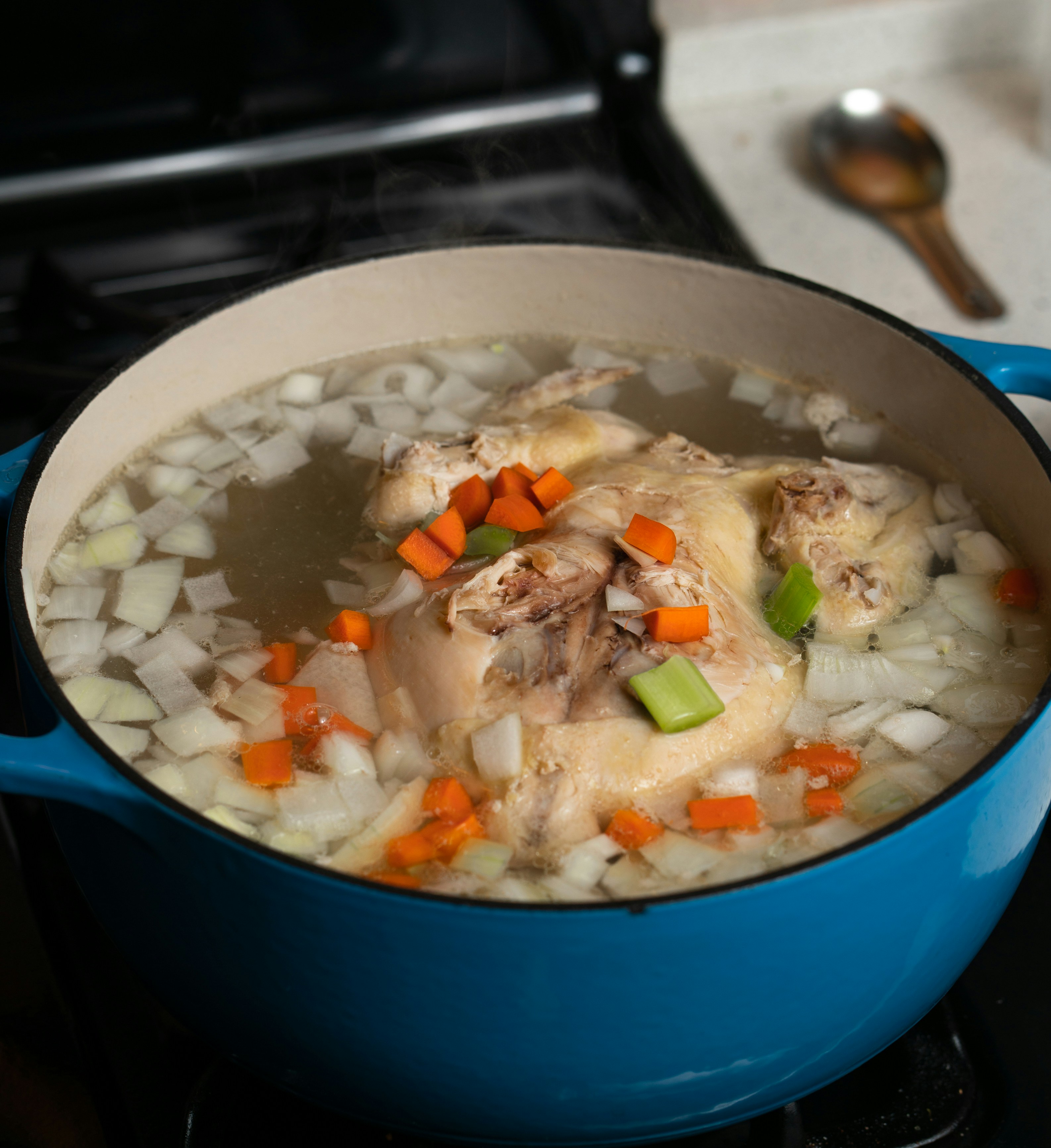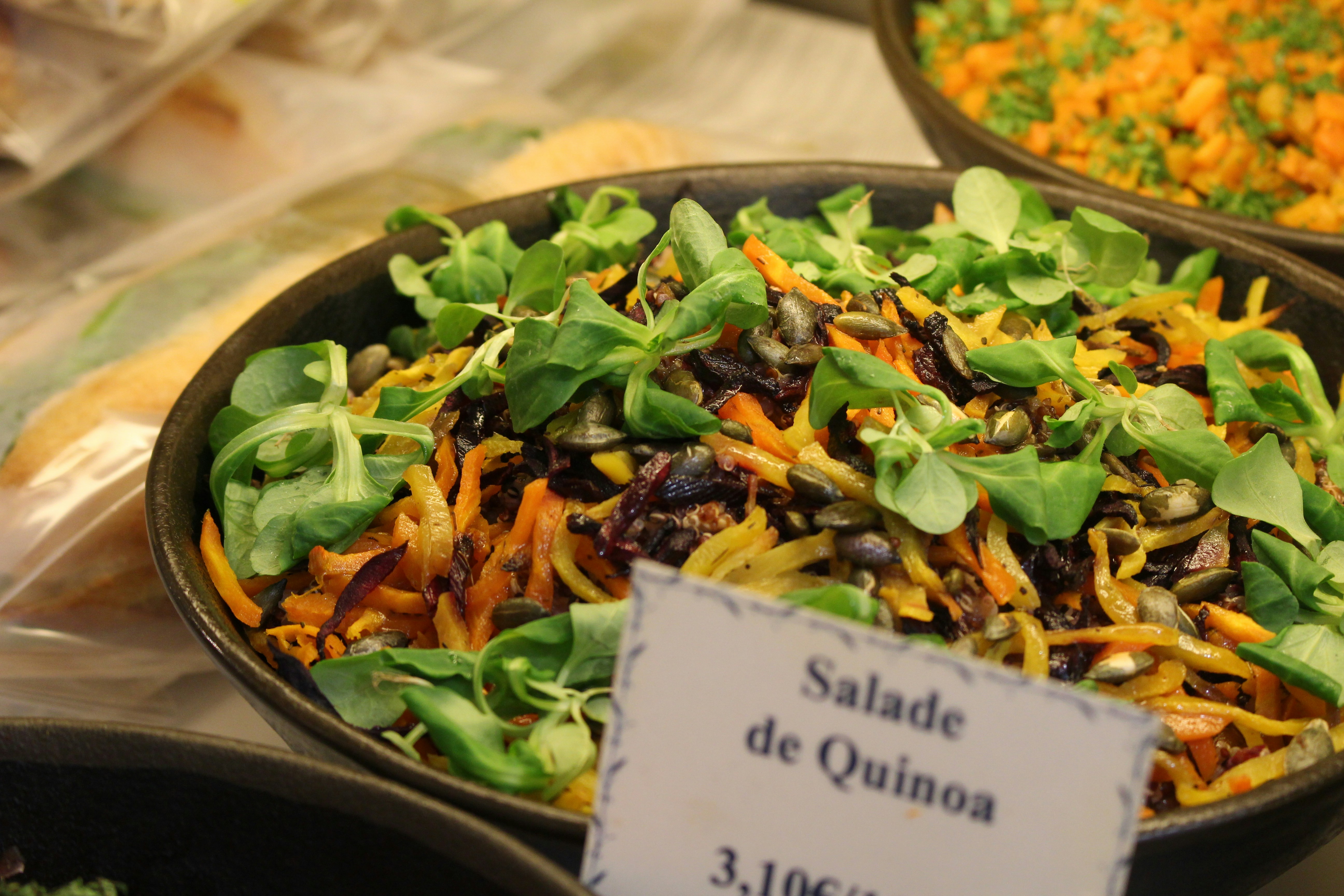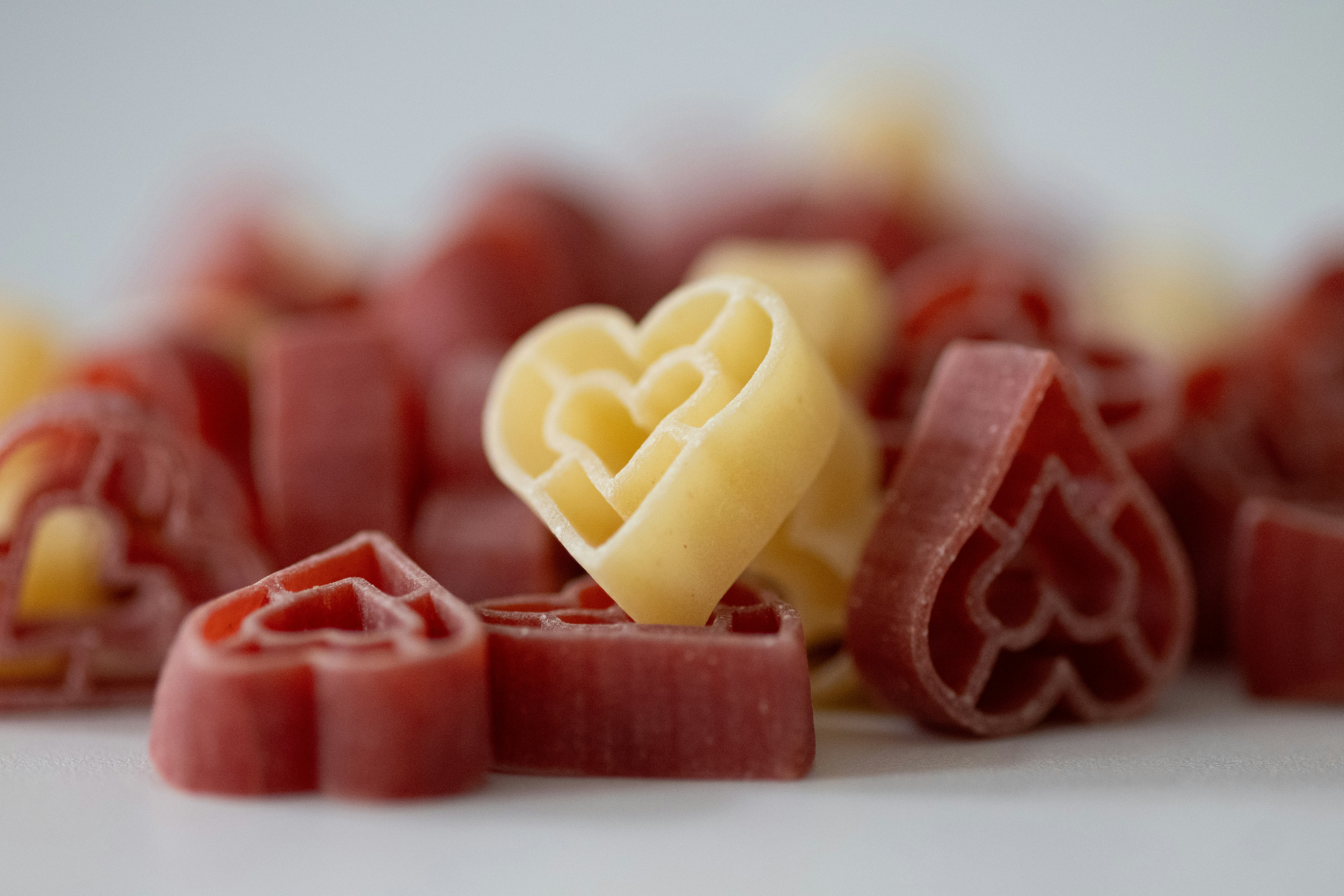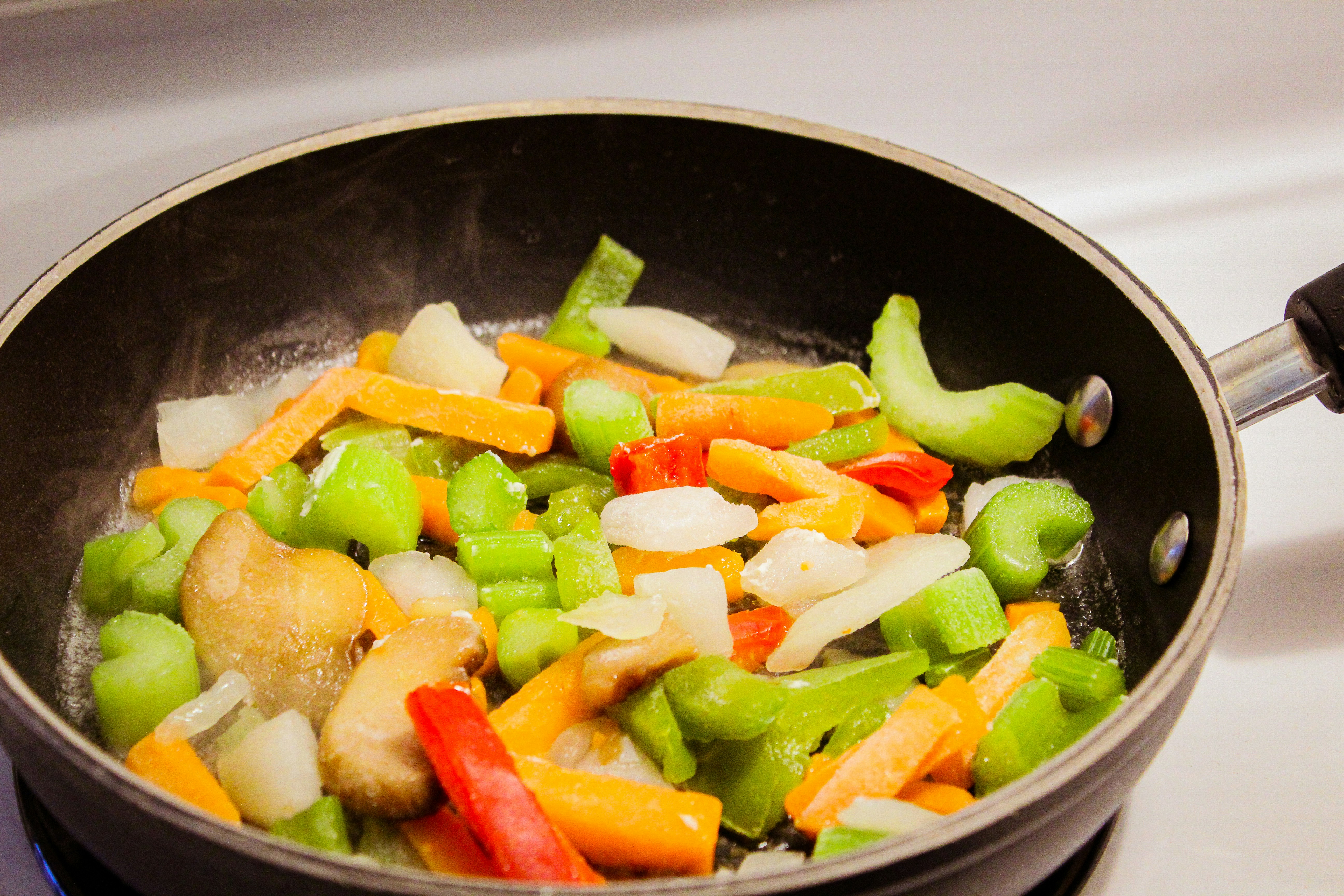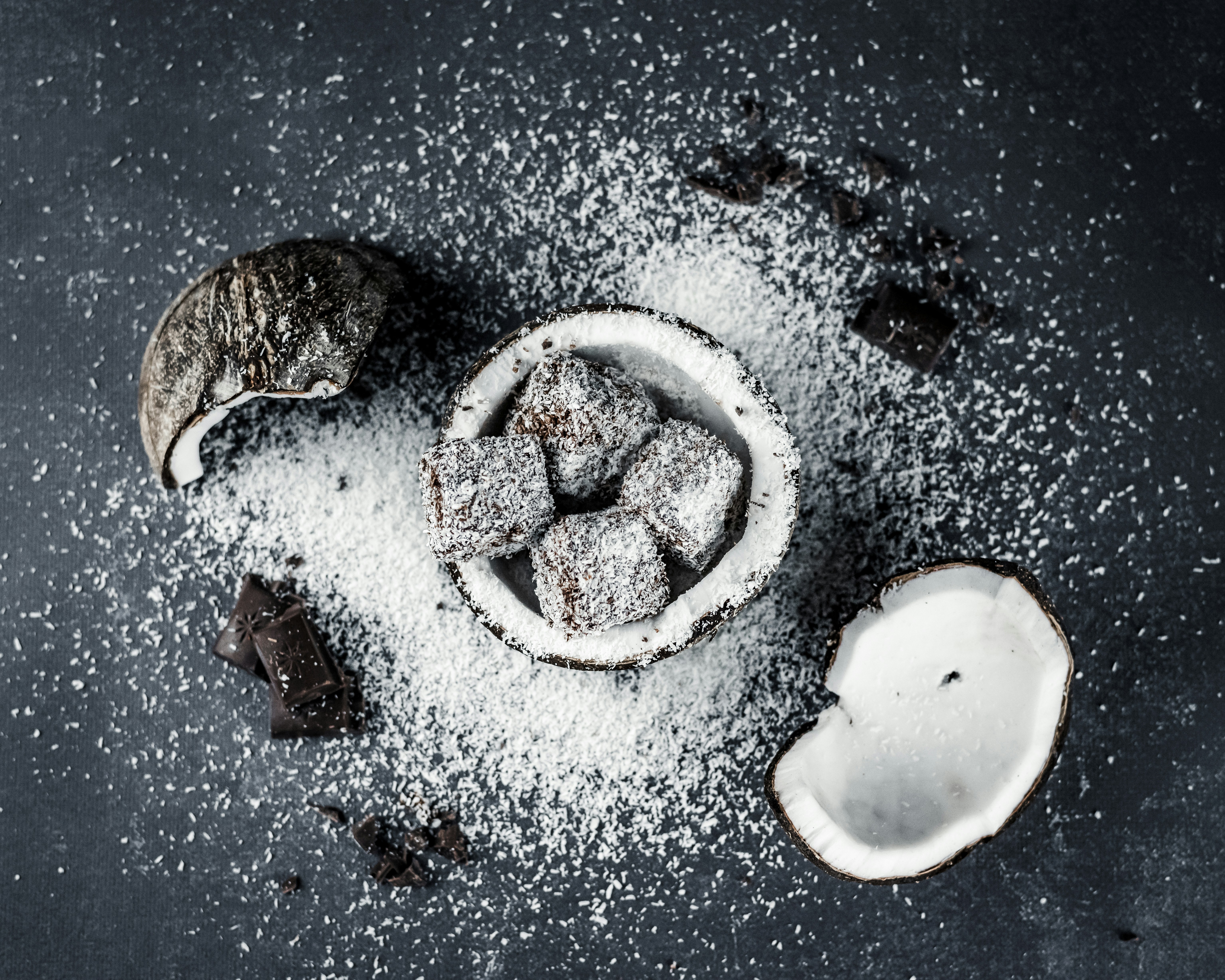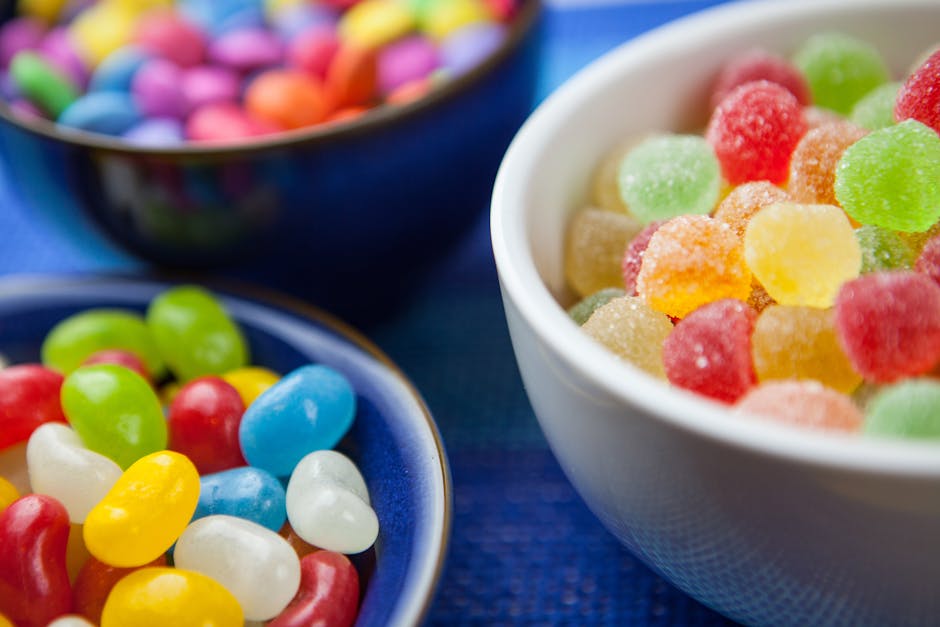Gastronomic Hormones: Cooking Techniques That Boost Mood & Energy
In our fast-paced world, food often serves as much more than mere sustenance; it becomes a sanctuary for our emotional and physical well-being. By understanding the fascinating connection between cooking techniques and hormonal responses in our bodies, we can transform our kitchens into spaces of healing, joy, and vitality. From the heartwarming comfort of slow-cooked stews to the refreshing vibrancy of raw salads, the way we prepare our meals can indeed alter our mood and energy levels. Let's embark on a culinary journey that not only tantalizes our taste buds but also nourishes our soul and uplifts our spirit.
The Science of Cooking and Mood Enhancement
Cooking isn't just a chore; it's an art that intertwines science and emotion. When we cook, we engage in a multi-sensory experience that can evoke memories, soothe anxiety, and boost our mood. Research indicates that certain cooking methods and the flavors we choose can stimulate hormone release, such as serotonin—the “feel-good” hormone—and dopamine, which is linked to pleasure and reward. As we unpack various cooking techniques, we'll explore how they impact our hormonal balance.
The Calming Effect of Slow Cooking
Slow-cooked dishes, such as hearty soups or stews, offer more than comforting flavors; they provide psychological warmth and relaxation. The act of preparing these meals allows for patience and mindfulness, both of which are essential for reducing stress. Aromatic herbs and spices release fragrances that can enhance mood, as detailed in our article on the connection between aroma and food. The prolonged cooking time signifies a commitment to self-care, nurturing our emotional state while creating wholesome meals.
Recipe: Cozy Lentil Stew
This recipe exemplifies the soothing effects of slow cooking. With fragrant spices and a mix of vegetables, it envelops you in a warm embrace.
Ingredients:
- 1 cup lentils, rinsed
- 1 onion, chopped
- 2 carrots, diced
- 2 stalks celery, diced
- 4 cloves garlic, minced
- 1 tsp turmeric (for its anti-inflammatory properties)
- 1 tsp cumin
- 6 cups vegetable broth
- Salt and pepper to taste
- Fresh cilantro for garnish
Instructions:
- In a slow cooker, combine all ingredients.
- Cook on low for 6-8 hours, or high for 4 hours.
- Serve warm, topped with fresh cilantro.
By taking the time to prepare this nourishing meal, you'll not only satisfy your taste buds but also encourage a sense of tranquility within yourself.
Energizing Effects of Fresh Ingredients
Conversely, raw dishes can invigorate and energize us. The crunch of fresh vegetables, the acidity of citrus, and the vibrant colors on our plates stimulate our senses and boost our serotonin levels. These fresh ingredients often retain higher nutrient levels, delivering the vitamins and minerals our bodies need for optimal energy. The concept of flavor pairing plays a critical role in enhancing these raw dishes. For example, the chemistry of combining fruits like kiwi with spinach creates a refreshing, energizing salad. More about this can be found in our post about unique flavor pairings.
Recipe: Vibrant Citrus Quinoa Salad
This energizing salad combines refreshing ingredients to invigorate your day.
Ingredients:
- 1 cup cooked quinoa
- 1 orange, segmented
- 1 grapefruit, segmented
- 1 cup arugula
- 1/2 cup diced cucumber
- 1 tablespoon olive oil
- Salt and pepper to taste
Instructions:
- In a large bowl, combine quinoa, citrus segments, arugula, and cucumber.
- Drizzle with olive oil and season with salt and pepper.
- Toss gently to combine before serving.
By incorporating fresh, vibrant ingredients into your meals, you can elevate not just your plate but also your mental clarity and overall energy levels.
Mindful Cooking and the Art of Self-Care
Cooking intentionally can have robust mental health benefits. The act of crafting meals allows for reflection, creativity, and mindfulness. When we focus on the process, from selecting ingredients to plating our creations, we transition into a space where anxiety subsides, and creativity flourishes. The connection between mindfulness and cooking is explored further in our exploration of mindful cooking.
Creating Edible Art
Take a moment to consider the aesthetics of your meals. When food is visually appealing, it can wring even more pleasure out of the dining experience. Colors, textures, and shapes play a role in how we perceive flavor. You might want to experiment with “cooking with colors,” which not only enhances the visual aspect of a dish but also offers various nutritional benefits.
Recipe: Rainbow Vegetable Stir-Fry
This recipe highlights the joy of eating the rainbow—an array of colors indicative of a variety of nutrients.
Ingredients:
- 1 cup bell peppers (red, yellow, green), sliced
- 1 cup purple cabbage, shredded
- 1 cup broccoli florets
- 1 carrot, julienned
- 2 tablespoons soy sauce
- 1 tablespoon sesame oil
- Cooked brown rice for serving
Instructions:
- Heat sesame oil in a large pan over medium heat.
- Add the vegetables and stir-fry for 5-7 minutes until tender-crisp.
- Stir in the soy sauce and mix well before serving over brown rice.
This colorful dish not only packs a punch of flavor but also serves as a reminder to appreciate the beauty in your food, promoting a positive mood and energy.
The Impact of Cooking Techniques on Flavor and Emotion
Different cooking techniques can radically alter the flavor profile of ingredients and, as a result, influence our emotional response to food. Roasting can enhance sweetness, while grilling can introduce smoky notes that evoke a sense of comfort and nostalgia.
Flavor Chemistry: The Importance of Cooking Methods
Understanding cooking methods can transform your culinary experience. Whether you’re braising, steaming, or sautéing, each technique changes the chemistry of the foods we consume, promoting various emotional responses. The science behind these changes can be further explored in the context of kitchen alchemy.
Here are a few notable cooking methods and their potential effects:
- Grilling: Imparts a smoky flavor that can stimulate social gatherings and create a sense of community.
- Baking: The warmth and comforting aromas from the oven can evoke feelings of nostalgia and safety.
- Steaming: Preserves nutrients and flavors, often resulting in refreshing and revitalizing sensations.
Rediscovering Historical Techniques
Rediscovering traditional cooking methods can also positively impact our mental well-being. Engaging with forgotten techniques not only respects our culinary history but encourages a deeper connection to our heritage. Our insightful piece on culinary time travel dives into recipes that have stood the test of time and their effects on our mood.
Recipe: Traditional Herb-Infused Baked Fish
This dish pays homage to timeless cooking practices, bringing wellness to your table.
Ingredients:
- 2 fillets of salmon
- 1 lemon, sliced
- 1 bunch of fresh dill
- Olive oil
- Salt and pepper to taste
Instructions:
- Preheat the oven to 375°F (190°C).
- Place the salmon fillets on a baking sheet lined with parchment paper.
- Top with lemon slices, dill, olive oil, salt, and pepper.
- Bake for 12-15 minutes or until flakes easily with a fork.
Embracing traditional cooking methods allows for new discoveries and reinvigorates our connection to the food we consume, enhancing both mindfulness and mood.
Harnessing the Power of Flavor Memory
Another fascinating aspect of culinary experiences is flavor memory, where the foods we enjoyed in our past can influence our present cooking choices. As we ponder a dish that made us feel joyous in our childhood or a specific flavor that once brought comfort, we begin the journey of culinary engineering based on nostalgia.
Cooking with Intention
When we cook with intention, we dig deeper into our personal histories, unearthing the flavors that have shaped our current tastes. Crafting a dish inspired by a cherished memory can elevate the emotional experience of cooking. Delve into more about this concept in cooking with memories.
Recipe: Grandma’s Comforting Chicken Soup
Crafting this timeless dish not only nourishes your body but touches your heart.
Ingredients:
- 1 whole chicken
- 4 cups chicken broth
- 2 carrots, chopped
- 2 onions, quartered
- 1 cup celery, chopped
- Fresh parsley
Instructions:
- In a large pot, combine chicken, broth, vegetables, and parsley.
- Bring to a boil, then reduce to simmer for 1.5 hours.
- Remove chicken, shred the meat and return it to the pot to serve.
Through personalized recipes, we're able to connect with our past, engage our senses, and foster positive states of being.
Final Thoughts: Crafting Your Culinary Experience
The intersection of cooking techniques and their effects on mood and energy is a compelling testament to the power of food and our emotional states. By exploring different methods—from slow cooking and vibrant freshness to mindful meal preparation—you can create an environment in your kitchen that uplifts your spirit and nourishes your body. As you experiment with these techniques, remember to embrace the journey of cooking, and savor the flavors of life.
So go on, revisit old recipes, cherish comforting dishes, and let the act of cooking become an enriching experience that enhances both your mood and energy. As you embark on new culinary adventures, think of the hormone-boosting potential at your fingertips, ready to transform not just your meals but also your life.
